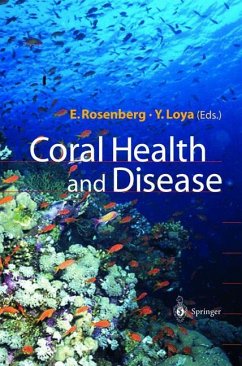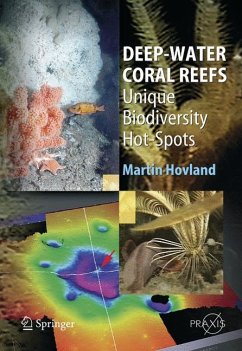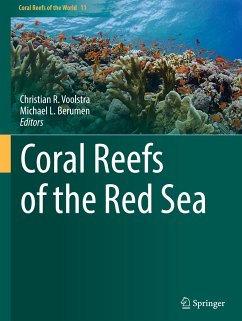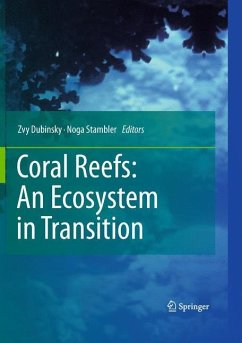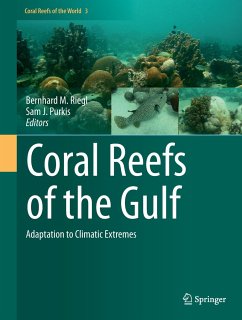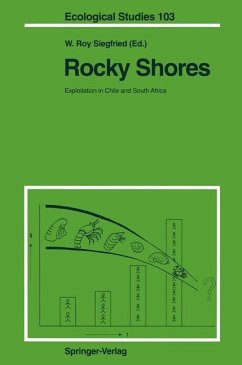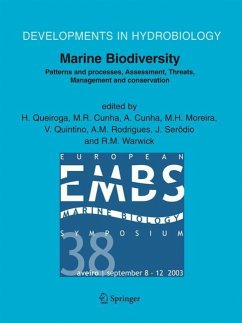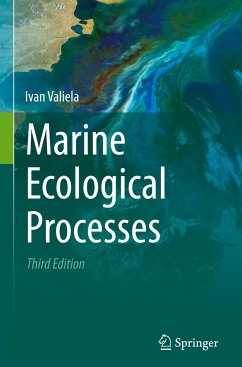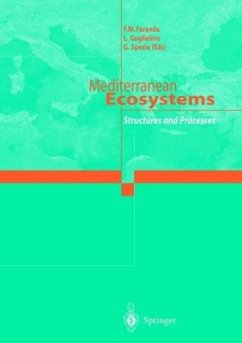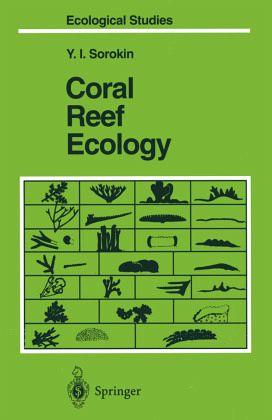
Coral Reef Ecology

PAYBACK Punkte
50 °P sammeln!
Coral reef communities are among the most complex, mature and productive ecosystems on earth. Their activity resulted in the creation of vast lime constructions. Being extremely productive and having the function of a powerful biofilter, coral reefs play an important role in global biogeochemical processes and in the reproduction of food resources in tropical marine regions. All aspects of coral reef science are covered systematically and on the basis of a holistic ecosystem approach. The geological history of coral reefs, their geomorphology as well as biology including community structure of...
Coral reef communities are among the most complex, mature and productive ecosystems on earth. Their activity resulted in the creation of vast lime constructions. Being extremely productive and having the function of a powerful biofilter, coral reefs play an important role in global biogeochemical processes and in the reproduction of food resources in tropical marine regions. All aspects of coral reef science are covered systematically and on the basis of a holistic ecosystem approach. The geological history of coral reefs, their geomorphology as well as biology including community structure of reef biota, their functional characteristics, physiological aspects, biogeochemical metabolism, energy balance, environmental problems and management of resources are treated in detail.





